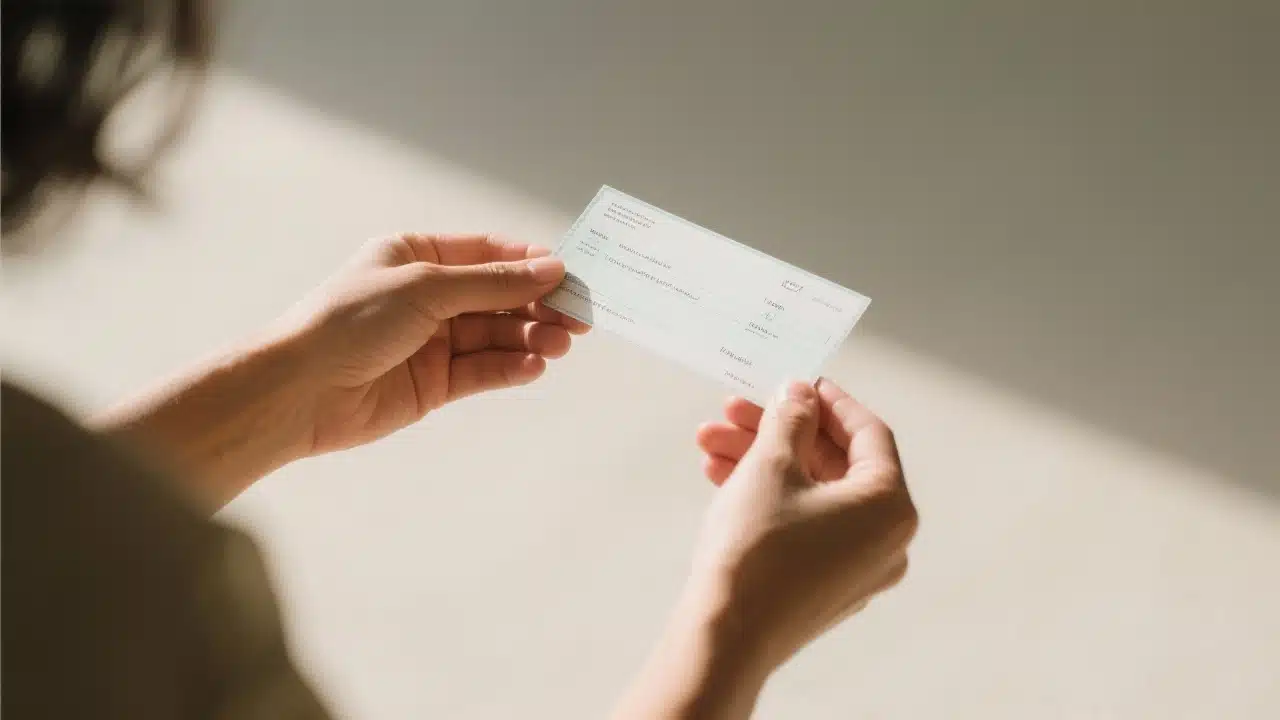President Donald Trump has recently suggested a plan to give most Americans a $2,000 “tariff dividend” check. He claims this money would come from higher import taxes, or tariffs, paid by companies bringing goods into the United States.
For families struggling to make ends meet, that sounds like welcome relief. But how realistic is it? And what would it mean for housing programs and household budgets? Let’s look at what’s being proposed, what experts say, and how it could affect you.
What the “Tariff Dividend” Proposal Is
Under this idea, the federal government would collect more money by raising tariffs on imported goods. Trump has said that this extra revenue would be used to send a $2,000 payment to low- and middle-income Americans. Anyone earning above a certain threshold would not qualify, and any leftover revenue would go toward paying down the national debt.
According to a report summarized by People Magazine and several policy trackers, Trump described the plan as “a dividend of at least $2,000 for every American (not including high-income people).” It’s a simple-sounding plan — but it would depend entirely on how much tariff money the government actually collects.
How Tariffs Generate Money
Tariffs are taxes that the U.S. government charges on imported goods like electronics, cars, and clothing. When a company pays those import fees, the money goes to the federal government as customs duties.
According to U.S. Treasury data compiled by USAFacts.org, the government collected roughly $165 billion in customs duties during fiscal year 2025 — nearly double the amount collected just a few years ago. This increase is due to a mix of new tariffs and expanded trade enforcement.
But to fund $2,000 checks for every American adult, experts say the government would need far more than that. The United States has over 260 million adults, so such a payout could exceed $500 billion, which is more than triple the current annual tariff revenue.
Why Some People Like the Idea
Supporters of the proposal say it could serve as a “people’s dividend” from trade reform. They argue that if companies benefit from selling in the U.S. market, Americans should share in those profits.
The idea also taps into widespread economic anxiety. Prices for groceries, rent, and utilities have gone up over the past few years. A one-time $2,000 payment could help many families cover late rent, pay down bills, or afford basic household needs.
For renters and housing advocates, such payments could offer temporary relief from financial stress — much like the stimulus checks during the pandemic.
The Challenges Behind the Proposal
While it may sound simple, there are several reasons experts doubt the plan’s feasibility.
1. It’s Not a Law Yet
There is no official legislation creating a tariff dividend program. According to analysis from TaxMarch.org, Trump’s statement is more of a campaign promise than a concrete policy. Any actual payments would require approval from Congress, new systems for distribution, and a clear legal framework.
2. Tariff Revenue Is Limited
Even though tariff income has grown, it remains a small part of total federal revenue. As noted by the White House Council of Economic Advisers, tariffs have historically contributed less than 2 percent of the federal budget. That means there simply isn’t enough money coming from tariffs to fund huge payments for everyone.
3. Tariffs Can Raise Consumer Prices
When importers pay more in tariffs, they often pass those costs on to consumers. The U.S. International Trade Commission has found that past tariffs led to higher prices for U.S. households, especially on everyday goods. In practice, that means the same families expecting a $2,000 check might also pay more at the store — reducing or even cancelling out the benefit.
4. Legal and Budget Uncertainty
Some of Trump’s tariff powers are being reviewed by the courts. If judges strike down or limit those powers, that could cut off revenue before any payments go out. Additionally, according to the Congressional Budget Office (CBO.gov), any major new spending plan has to be balanced against overall debt and deficit limits — meaning Congress would need to offset costs elsewhere.
Could Tariff Checks Affect Affordable Housing?
For readers of Affordable Housing Heroes, the big question is how this proposal could influence rent affordability, assistance programs, and housing stability.
If approved, a one-time check might help renters catch up on overdue payments or cover deposits. But it’s important to note that temporary cash doesn’t fix long-term housing issues. Rent prices in many cities continue to rise faster than wages.
More concerning, if the government diverts attention and funds toward one-time payments, it may slow investment in housing support programs like Section 8 or the Housing Choice Voucher Program.
To understand the ongoing budget challenges facing those programs, you can read this related post: “Budget pressures looming for Section 8: what the FY2026 fight could mean”. That piece explains how tight federal budgets may affect low-income renters in the coming year — a crucial backdrop if new spending ideas compete for the same resources.
What Experts Are Watching
Because this plan is still just a proposal, experts are tracking several key factors that could determine whether it ever becomes reality:
- Tariff revenue trends. Will import taxes continue rising, or will trade adjustments reduce collections? Analysts at the Penn Wharton Budget Model estimate that recent increases brought in roughly $80 billion through mid-2025 — far below what’s needed for universal payments.
- Legislative action. Has Congress shown interest in introducing a bill to authorize such checks? As of late 2025, none has been formally filed.
- Economic effects. Higher import costs could impact low-income households more than wealthier ones. Studies from the Federal Reserve have found that tariffs tend to raise household expenses unevenly.
- Inflation and supply-chain responses. Economists worry that adding tariffs while giving out cash could have mixed effects on inflation — temporarily boosting spending but keeping prices elevated.
What Households Should Know
Here’s the bottom line for families and individuals:
- There are no $2,000 checks being sent now. It’s an idea, not a signed policy.
- Tariff revenue alone may not cover it. The U.S. would likely need to borrow more or cut other programs to fund it.
- Higher import taxes can raise living costs. Even if a check arrives, the price of goods like furniture, appliances, and groceries may go up.
- Keep expectations realistic. This proposal might take months or years to develop — if it ever does.
That said, the conversation highlights a serious truth: many Americans are under financial stress, and policymakers are exploring different ways to provide relief.
A Balanced Way to Think About It
For low- and moderate-income families, a one-time payment can help, but steady policies matter more. Programs that build affordable housing, increase housing vouchers, or expand rental support tend to offer longer-lasting stability.
As the U.S. Department of Housing and Urban Development (HUD.gov) explains, the Housing Choice Voucher Program continues to be one of the most effective tools for reducing homelessness and keeping families housed. Ensuring these programs stay funded should remain a top priority — even as new ideas like tariff dividends make headlines.
Conclusion
The proposed $2,000 tariff-dividend plan has sparked debate because it promises quick relief funded by tariffs on imported goods. Yet government data and economic studies show major hurdles: limited revenue, potential price increases, and legal uncertainties.
While the idea sounds appealing, it’s not yet a real policy — and its benefits might be smaller than expected once higher prices are factored in. For families focused on rent and housing costs, consistent support through programs like Section 8 and other HUD initiatives remains more reliable than one-time checks.
For now, the best step is to stay informed, follow official updates from trusted sources like USAFacts.org, CBO.gov, and HUD.gov, and continue advocating for lasting solutions to housing affordability.


